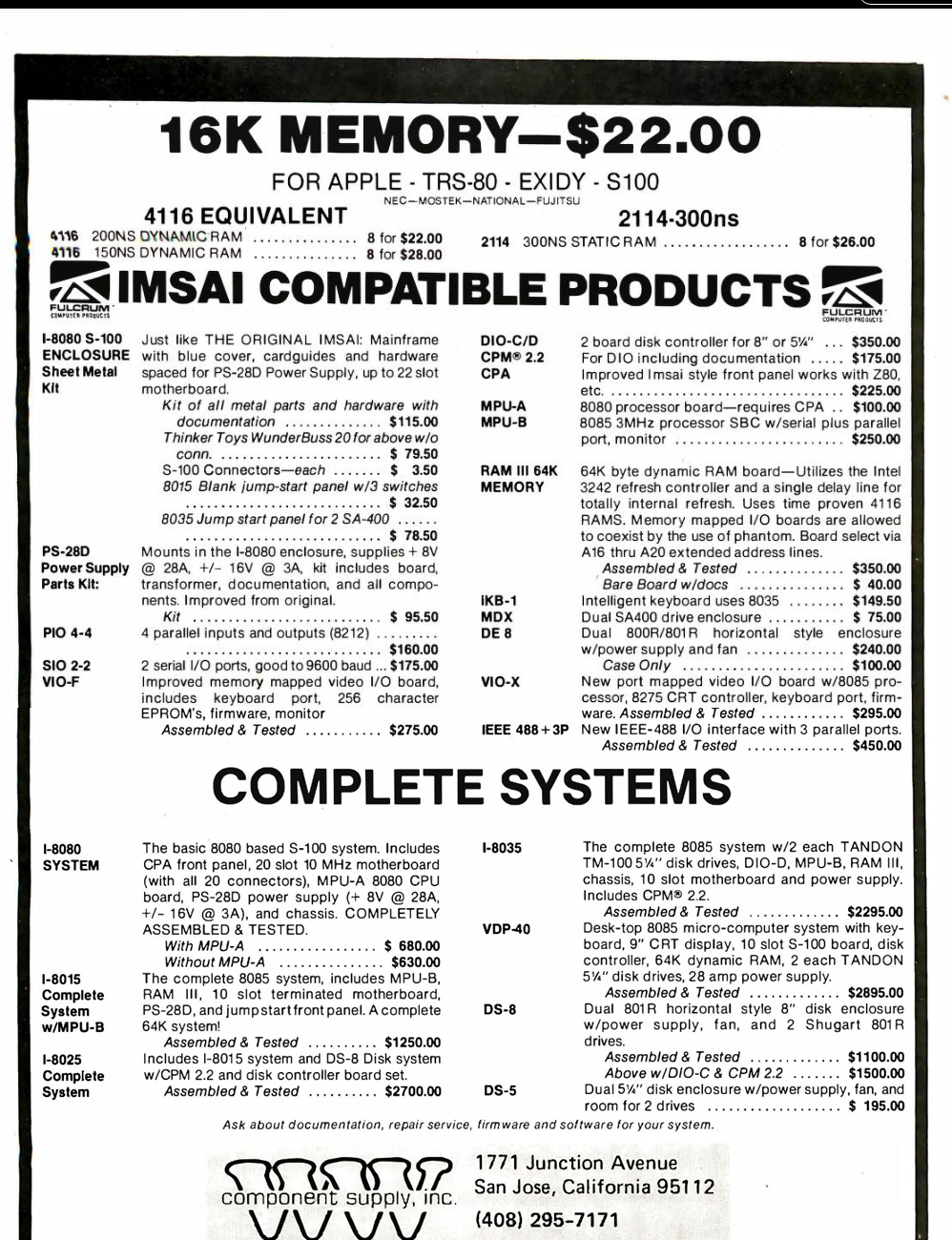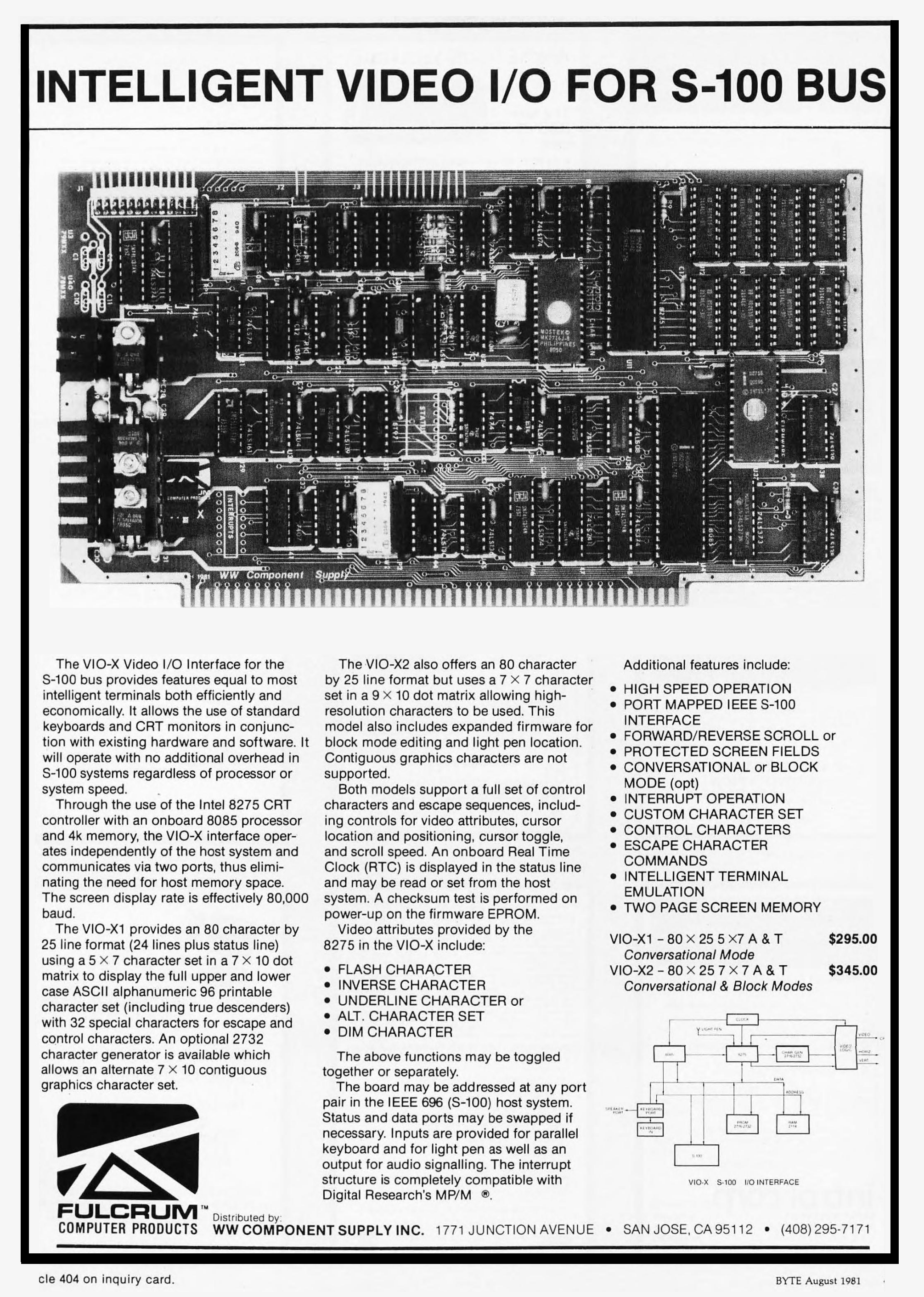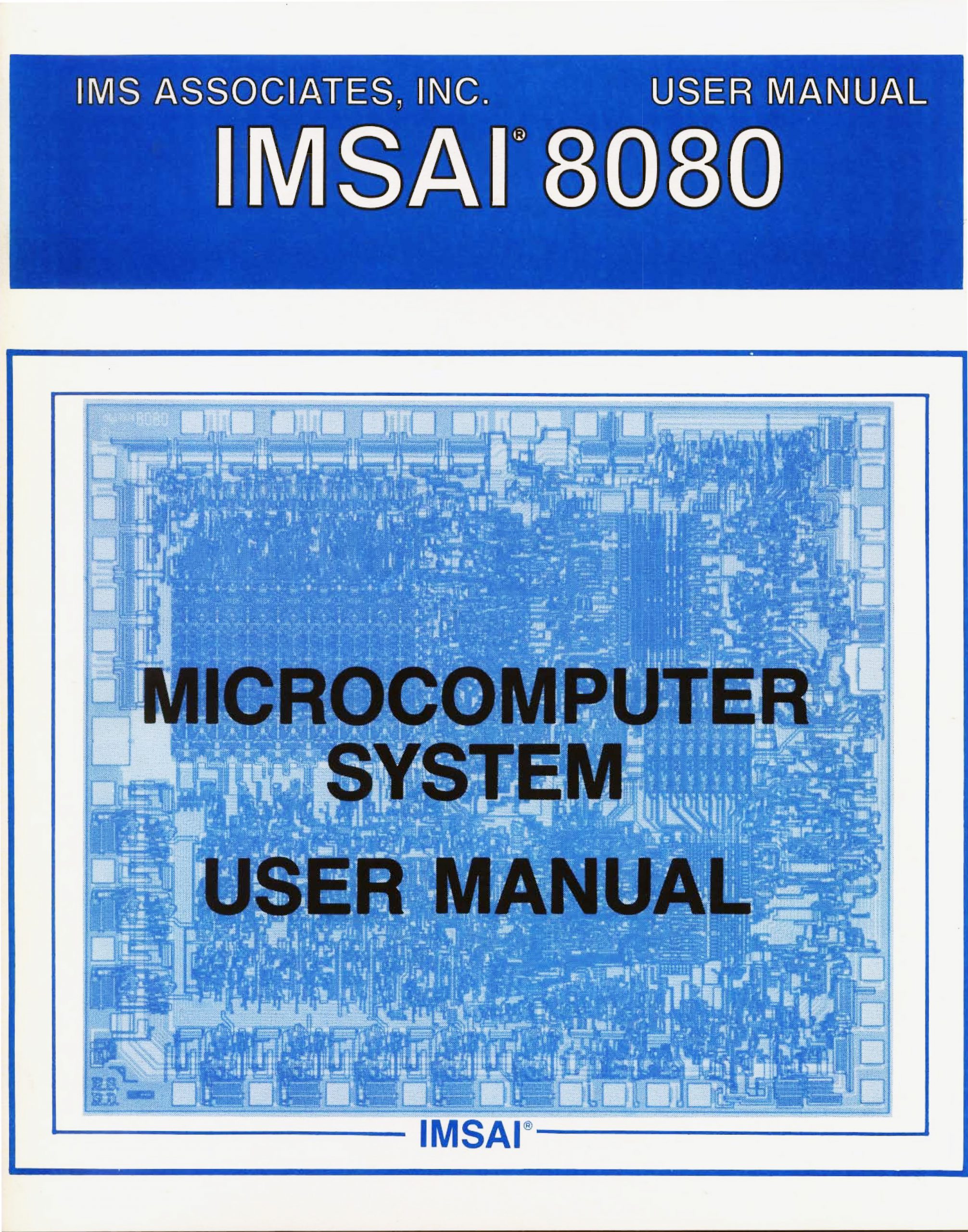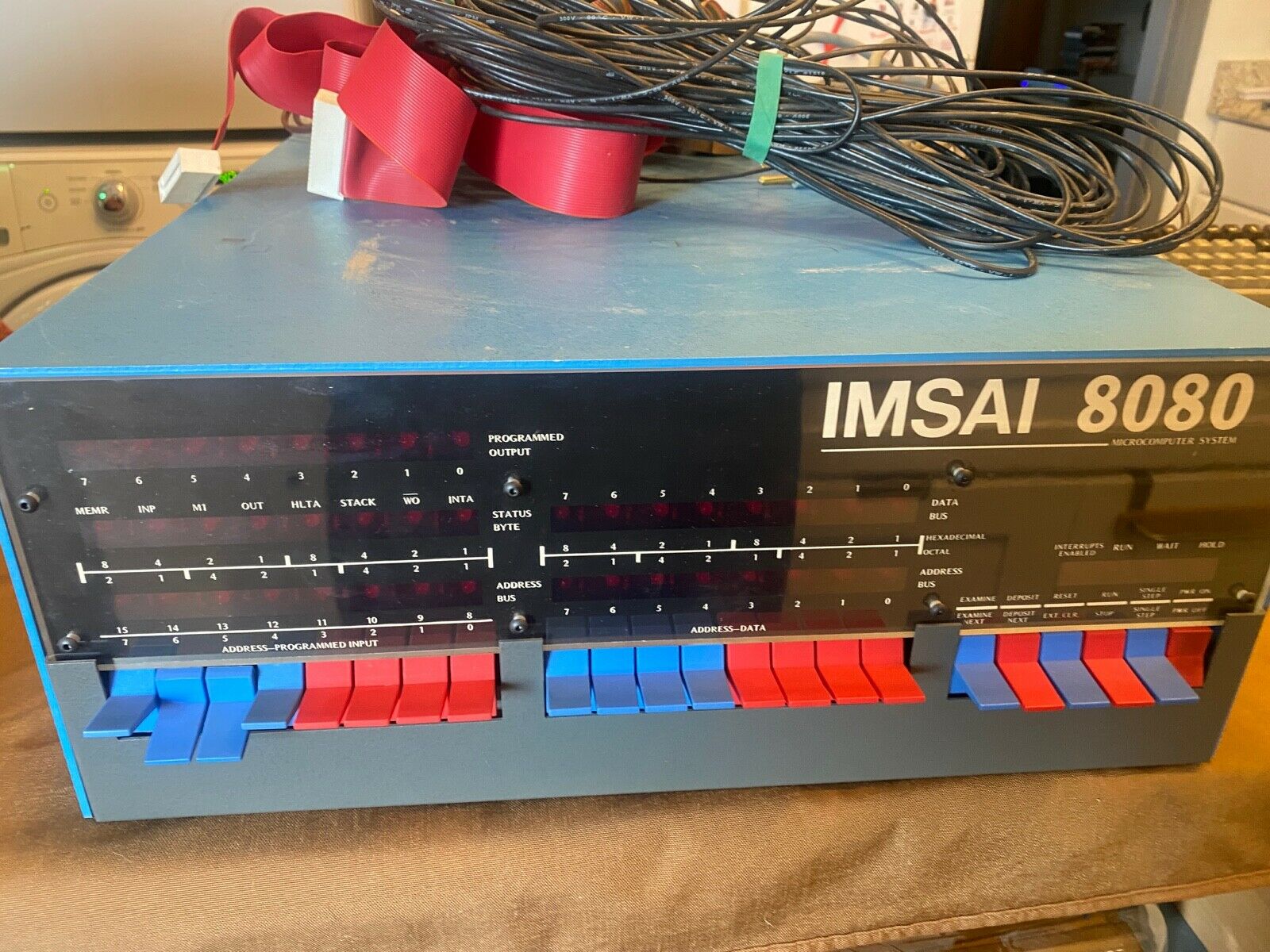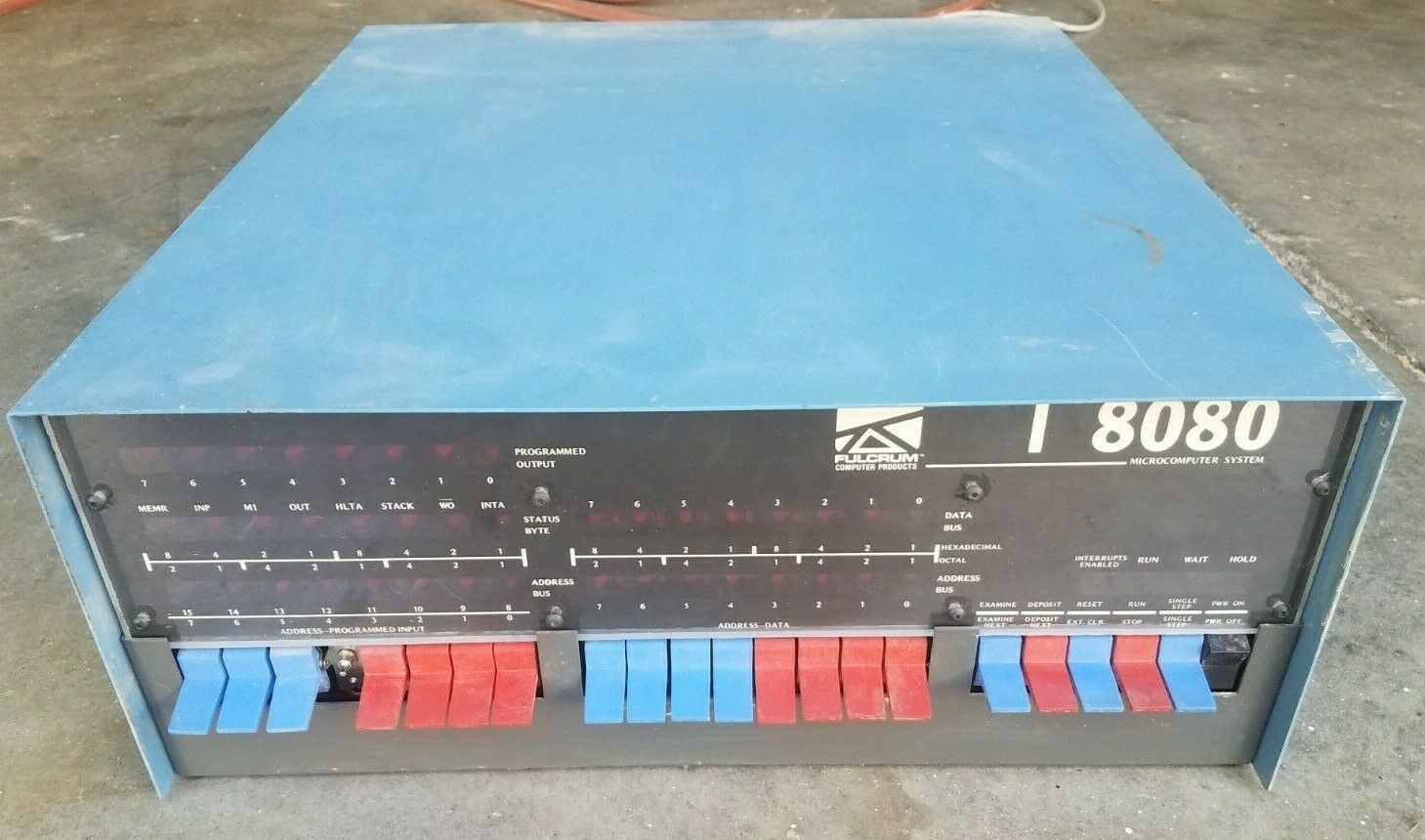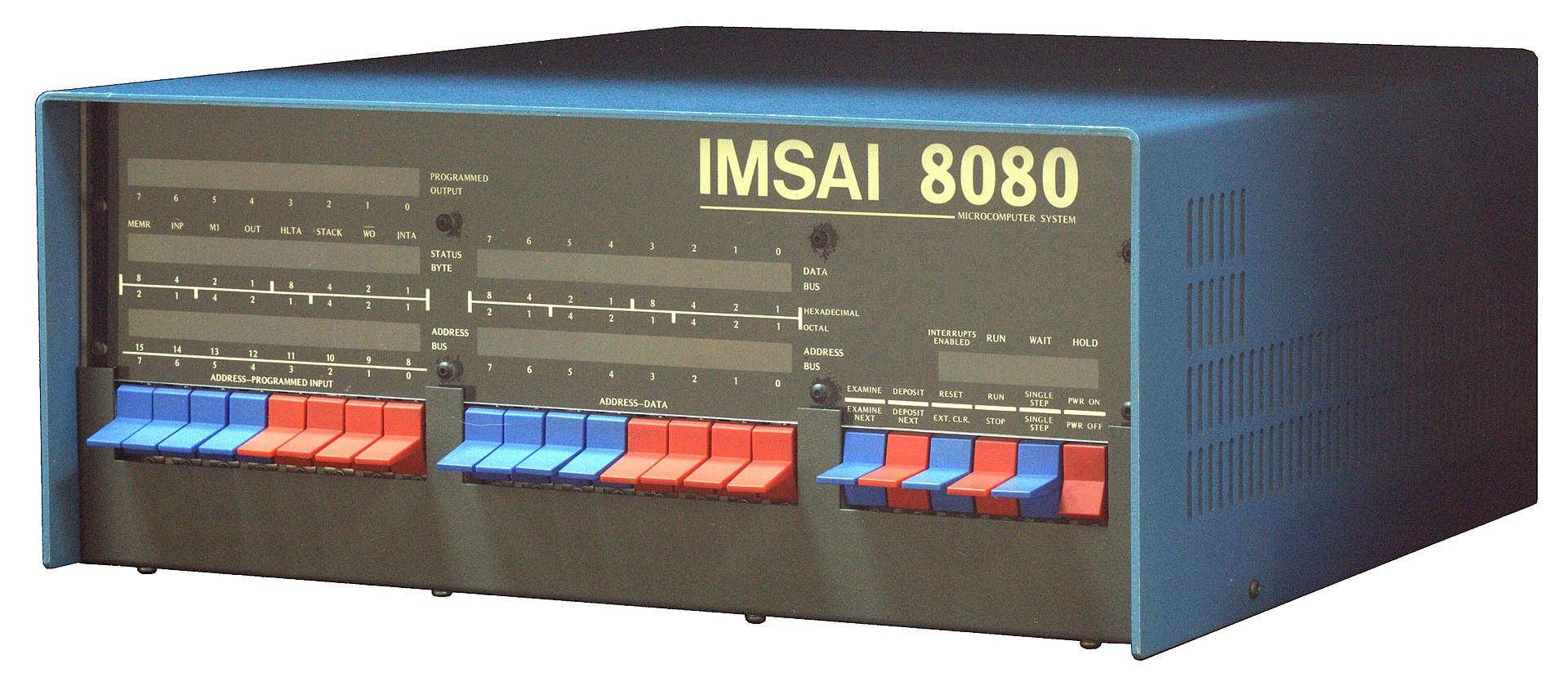
As if I don’t have enough projects to work on, I recently acquired two IMSAI 8080 vintage computers. The IMSAI 8080 was the “second” widely sold 8-bit personal microcomputer using the Intel 8080 microprocessor and was released in late 1975 – a few months after the MITS Altair 8800. In 1976, they advertised a “system” for $621 assembled (almost $3,000 in today’s money). That included the steel chassis, a pre-S100 backplane and hefty power supply, switch & led front panel, an 8080A CPU card, and 256 bytes of memory on a 4K RAM board. At this time Intel was selling just single 8080 chips for around $350.00.
It was later available with the more powerful Intel 8085 and used the Altair 8800 backplane/bus design which later became the basis for the S-100 standard. The IMSAI products were made in San Leandro, CA (Silicon Valley) by IMS Associates Inc. (IMSAI). It is estimated that IMSAI sold between 15,000 and 17,000 computers and kits.
The 8080 was sold mostly in kit form. There eventually was a full line of IMSAI personal and “business” computers. However, as more companies entered the S-100 market selling products and kits for less than IMSAI, the market became too competitive. IMSAI was unable to grow the business market quickly, leaving only the slick home/gaming computers like Apple, Atari and Commodore in the running against the S-100 hobby computers. IMS Associates Inc. went bankrupt in October 1979 and the assets were sold at auction.
I owned two IMSAI computers in the 1980’s, both of which I built myself from parts sourced in Silicon Valley surplus stores. An electronics surplus store in San Jose, CA purchased some of the assets of IMSAI at the auction and sold parts and complete IMSAI kits for several years. They also manufactured new products, including new S-100 boards and replica IMSAI 8080 systems using some of the original designs and parts under the name Fulcrum Computer Products.
I worked at that electronics store in San Jose for a year or so during the time when they were selling IMSAI parts and systems and the Fulcrum products. Part of the work included updating original IMSAI PCB designs (hand taping from photo negatives) for the front panel and other boards to include fixes and updates and development of some of the Fulcrum products — including documenting their VIO-X intelligent video terminal S-100 board and their 8″ CP/M 2.2 distribution.
Although there were a number of microcomputer “floppy disk operating systems” developed in the early days of personal computers, by far the most successful was Digital Research’s CP/M. It was first used on the IMSAI, and later was available on virtually every 8-bit computer made in the 1970’s and early 1980’s – even the Commodore 128 and Apple II (with Z80 board). While it was primitive and had limited storage compared to today’s disk systems – it was far better and faster than paper tape or audio cartridge tape solutions. It allowed these computers to be used for more demanding applications like word processing, data bases, and programming.
Later, I used these computers running CP/M 2.2, DB2, Turbo Pascal and WordStar for several years for programming and word processing. I actually wrote and published three computer books and hundreds of market research and magazine articles with these tools.
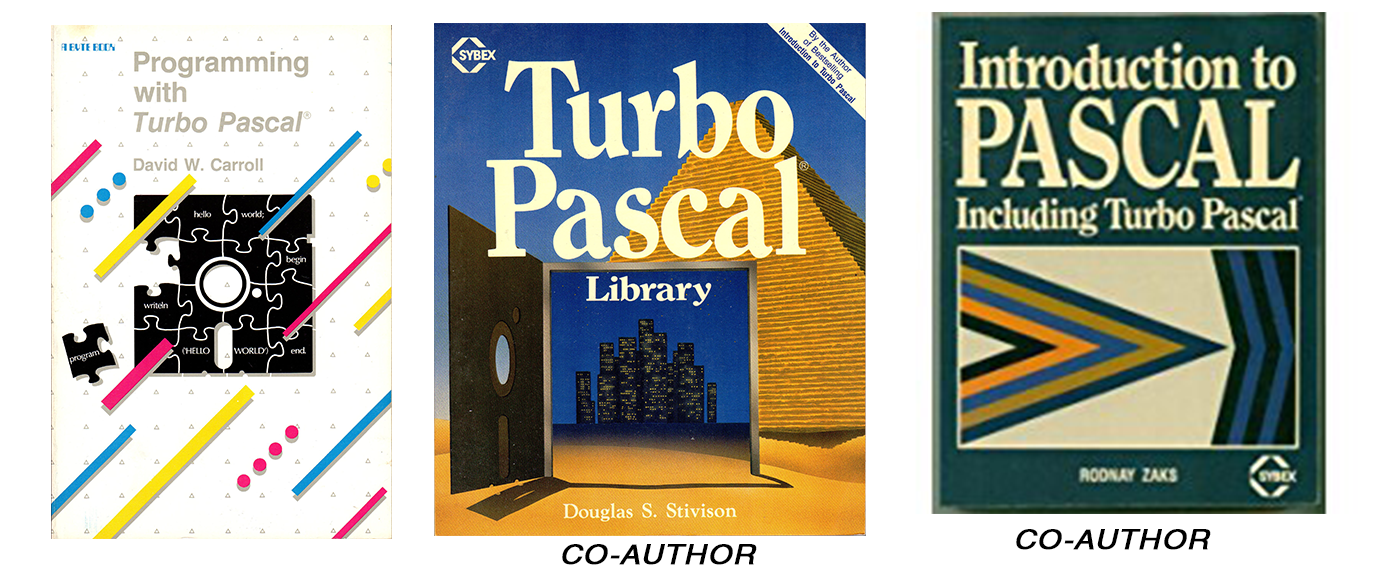
So back to the present… I acquired two IMSAI 8080 systems and one was original IMSAI, while the other was a Fulcrum “updated replica” I-8080 system. The original IMSAI 8080 looks to be in good shape and has two Micropolis 5.25″ floppy drives and controller for CP/M 2.2. The Micropolis drives use a pre-standards 5.25″ floppy disk format of 100TPI and 16 hard sectors. Shortly after Micropolis released their system with proprietary controller and drives, the industry standardized on soft sector 96TPI formats for 5.25 inch floppies (except for Northstar). Micropolis written disks can only be read on Micropolis floppy drives.
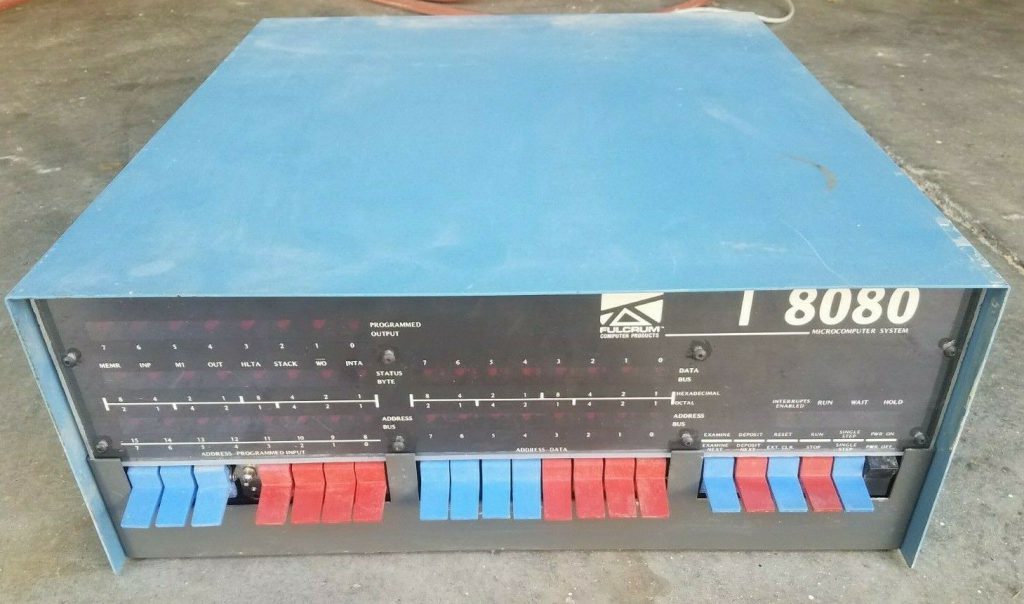
The Fulcrum I-8080 I found has no memory or drives, but includes a Jade Big-Board Z80 CPU (rev C), a Fulcrum VIO-X and Morrow Designs Disk Jockey 2D/B floppy disk controller. It also has mostly original IMSAI chassis metalwork, and the Fulcrum updated replica IMSAI PS28D Power Supply, a Morrow Thinker Toys 20 slot active terminated Wunderbus, and an updated replica IMSAI CPA front panel.
I have decided to use 8″ floppies and maybe add an IDE Flash drive upgrade later. I also found a pair of Shugart 801 drives in a rack mount panel. I got some Compupro RAM-XX and RAM-20 32k static ram cards for this system since it does not have any memory.
Unfortunately, one of the powder blue panel paddle switches (C&K 7113) is missing, but I was able to find a couple of new matching replacements in Australia. These switches and paddles have not been manufactured for many years and are one of the hardest parts for restorers to find. However, I have just found a similar switch from Mouser made by NKK. (Update: Read the dimensions!! The switches Mouser had in stock were “miniature paddle” switches and were about 1/2 the size of real IMSAI switches. Doh!!)
For some reason I have always been fascinated with vintage computers that feature front panels with status lights and input switches. I think it may be because all of the computers I used in the early part of my career (1960s & 1970’s) were either IBM mainframes or minicomputers with these features. When microcomputers first became available, they used the same lights and switches front panel I/O approach due to the high cost of other options.
I really love to watch the CPU “at work”!
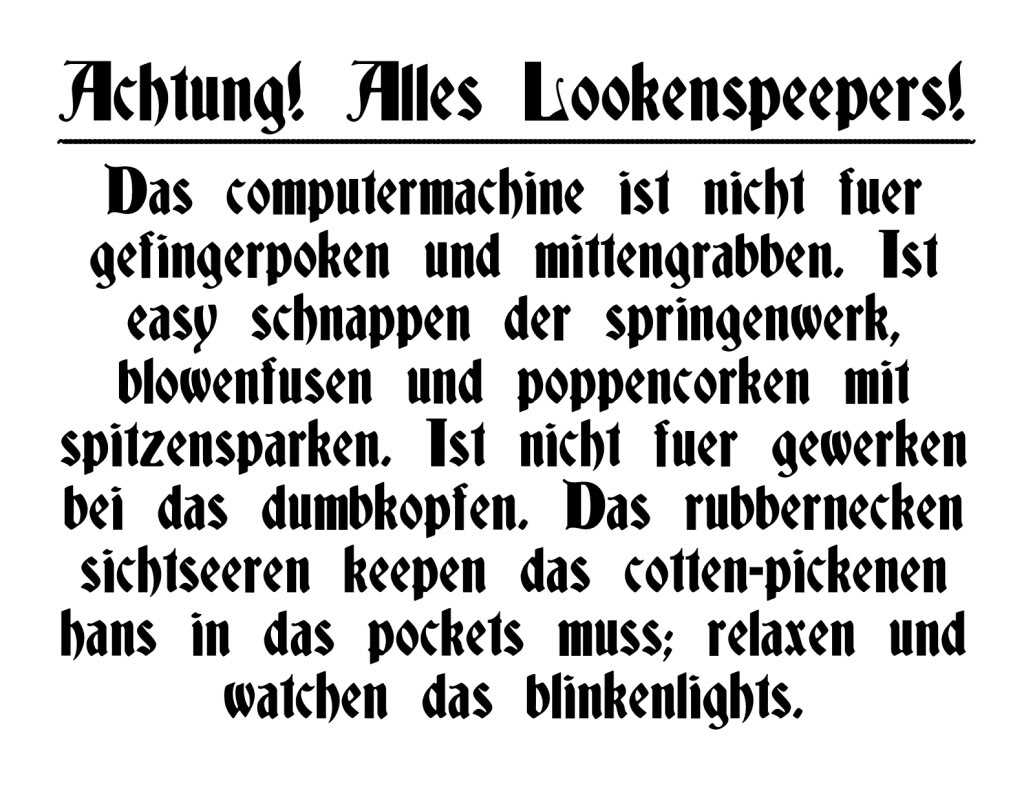
After doing some research to refresh my memory about how to get S-100 computers up and running with CP/M 2.2, I found lots of code from the RLEE archive for the Morrow Disk Jockey 2D/B floppy controller, but no prebuilt 8″ floppy disk images to use for CP/M. I decided to add a CompuPro Disk 1 board to use to bootstrap the DJ card and build a new image for CP/M. I also was able to find some 8″ IMD images for the Disk 1 system, and even a set of CompuPro original system disks. So that is my current plan to get the Fulcrum I-8080 running with CP/M again. I even have an Adaptech Aha-1522 ISA controller which can be used with Dave Dunfield’s IMD utility to write 8″ disks from an older IBM PC. I am looking forward to a nostalgic and fun weekend of building a CP/M image.
4/20/2021 – UPDATE: I have found two Canadian collectors online who have worked with the Disk Jockey 2D/B controller and CP/M 2.2. One has built a bootable disk from scratch (in 2012) for his IMSAI and featured it on his YouTube channel. It was quite a project. (IMSAI 8080 8″ floppy disk drive project in preparing for CP/M PART 1)
The other collector was posting on a vintage computer newsgroup and mentioned he had a DJ 2D/B. I asked him if he could share a boot disk image and he was nice enough to offer to send me an actual disk.

